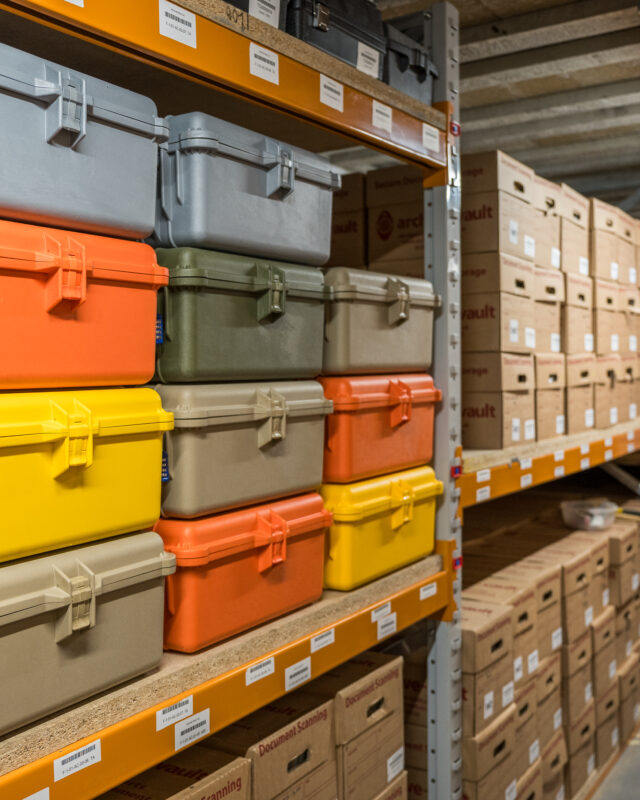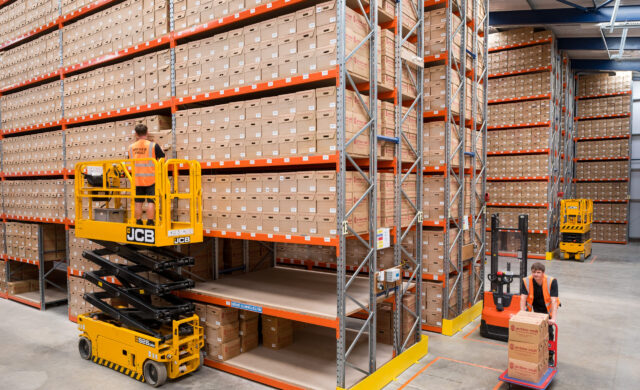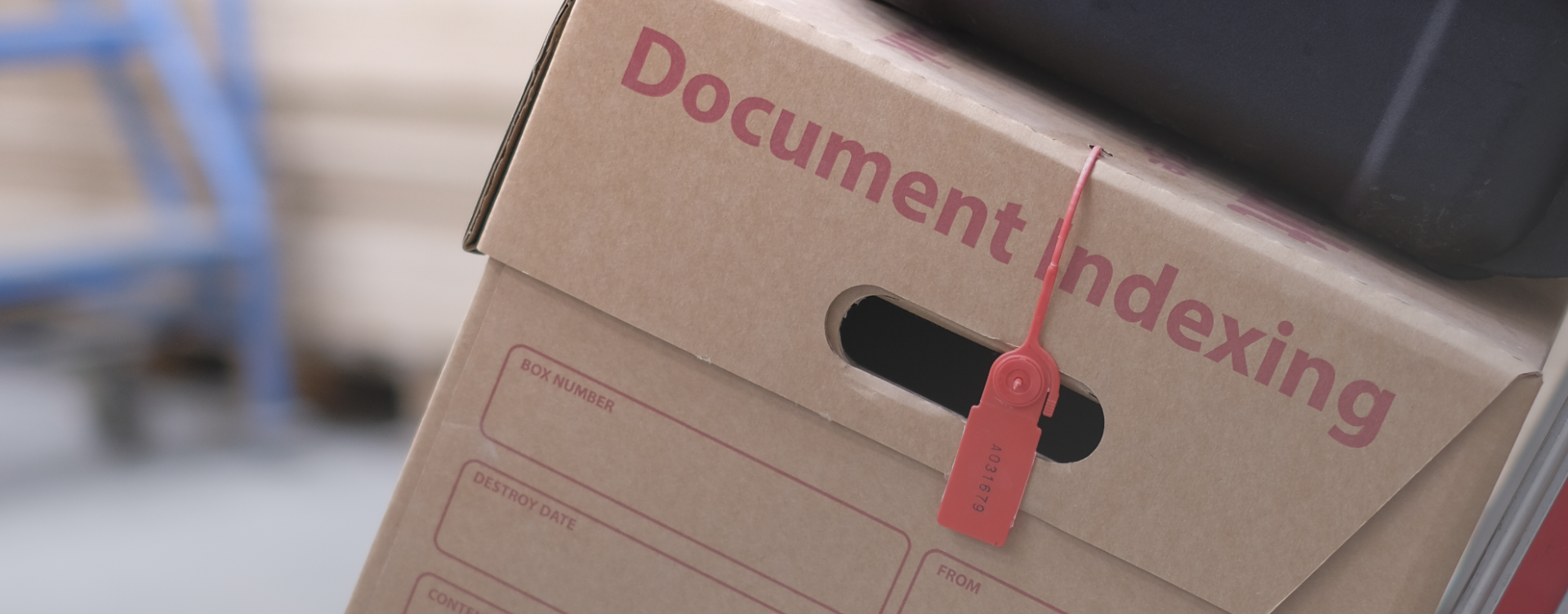If your organisation has records that are stored either on site or by a third party, such as Archive-Vault, it is important to understand the records lifecycle. By effectively managing the records lifecycle you will not only keep storage costs down but more importantly remain fully compliant. The best approach can be broken down into four key stages:
Stage 1 – Creation
This is when the record first comes into being with all relevant information included. Best practice would be to have both a hard and an electronic copy so that the record cannot easily be misplaced. Once the information contained within the record has been verified it must then be converted to the correct format as per standard practice within your organisation. Once this is has taken place the record becomes “active”.
Stage 2 – Classification
Once created, the record can then be classified and stored. At Archive-Vault we securely store all documents with fully searchable point-to-point barcode tracking so that all documents can be quickly and easily retrieved. You can book a same or next day delivery or, for documents that simply cannot wait, we offer a scan on demand service so you can have a digital copy with you quickly.
If you’re storing your own documents we recommend that an easily searchable system is created according to criteria that makes sense for your business. You could categorise documents according to location or the type of document, the key thing is that it works for you.
Stage 3 – Management
Unfortunately it is not enough to simply classify your document and then leave it in storage indefinitely. Data integrity is of the utmost importance, which is why creating and then sticking to a great classification system can be one of the best steps you can take to protect yourself. Our end-to-end barcode tracking means we always know exactly where every box is in our warehouses, it’s a system we love!
Another key aspect of managing your documents is keeping track of exactly who has accessed them and when, thereby minimising the potential for them to be misplaced and making keeping track of them a breeze. At Archive-Vault our system keeps a log of who has requested access to your documents and when, for our clients using the Client Portal all activity is automatically logged. Our Client Portal also gives you the ability to set security preferences at both an individual and departmental level, adding in an extra layer of security.
Stage 4 – Destruction
Although this stage sounds quite dramatic it’s really just making sure that you aren’t keeping hold of inactive documents unnecessarily. All documents have a statutory period during which they must be kept, once this has passed they can either be destroyed or archived. At Archive-Vault we store both active and inactive documents and we encourage you to input a destruction date when they come to us. When this destruction date is due we notify you so that you can decide whether you want the destruction to take place or not. If you’re storing your own documents keeping track of destruction dates is super important so you’re not taking up valuable space unnecessarily.
Keeping on top of the records lifecycle is important not only for keeping costs down (think storage costs as well as the real cost of storing documents onsite), but also for ensuring compliance. If you’d like more information about how Archive-Vault can help you keep on top of the cycle please get in touch on 01603 720722 or via info@archive-vault.co.uk.











